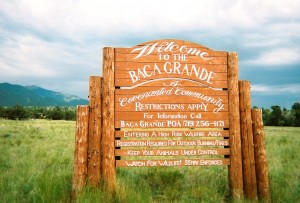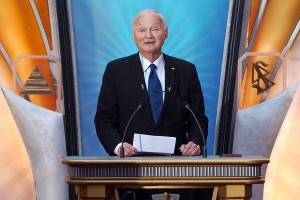Aypo129
Luminary
- Joined
- Jul 25, 2022
- Posts
- 7,863
- Reputation
- 10,261
"Disgraced kleptocrat Maurice Strong died late last year at the age of 86. He was shunned from polite society and forced into a life of exile in Beijing after his decades of business intrigues, crimes against humanity, and environmental destruction unraveled. His savagery culminated with an attempt to profit off of the death of starving Iraqi children. His funeral was a quiet affair, attended only by those few family members who could not find it in their heart to shun him completely. Former friends and business associates like Paul Martin, James Wolfensohn, Kofi Annan, Conrad Black, and Al Gore all avoided calls for comments on their disgraced friend's passing." |
@fucclife
@enchanted_elixir
@PapiMew
@RabidRosaries
@Prettyboy
@Username Required
@BugeyeBigNoseCurry
@stickyblickyhuh











